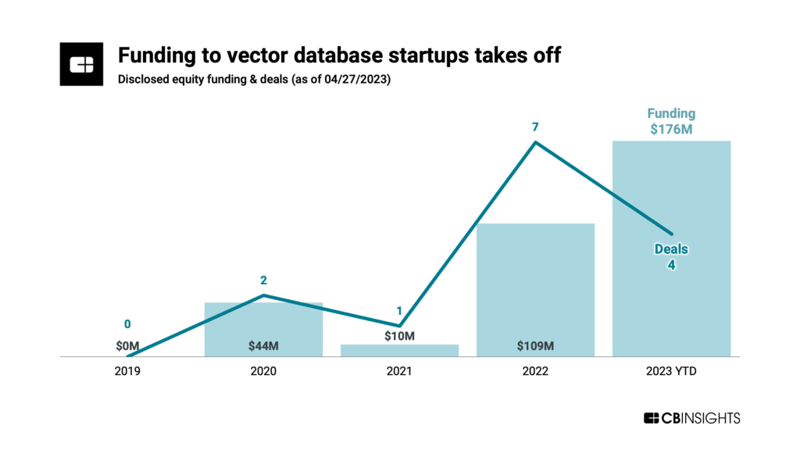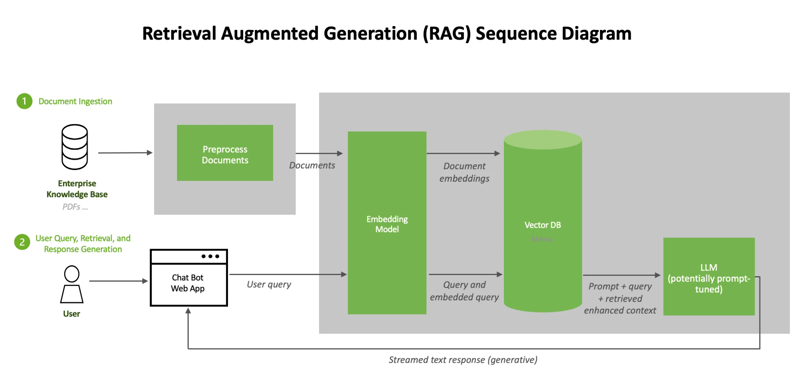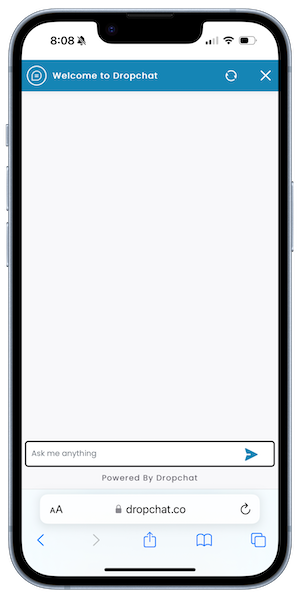In the past year, hundreds of millions of dollars were invested into startups such as Pinecone, Chroma, and Qdrant. There's one thing that all of these companies have in common, -- -- vector databases.

Vector databases are used to store vector embeddings. Vector embeddings are a key element of generative AI that allow developers to represent text as points in space based on their semantic meaning. We can create vector embeddings for any piece of text, including entire documents, and plot them into this high-dimensional space using a coordinate system. With this technology at our disposal, we no longer have to rely solely on keyword searches but instead use queries based on context or meaning.
Vector databases are emerging as a solution to store, search and index unstructured data at speed and efficiency that current relational or non-relational databases cannot offer. With 80% of generated data predicted to be unstructured by 2025, vector databases provide an easy way for enterprises to manage similarity searches such as surfacing images similar to an input image or personalizing e-commerce product recommendations. Vector database providers are a growing market with several vendors providing enterprise solutions.
The most common use case of vector databases is something called Retrieval-Augmented Generation (RAG).

RAG is a technique that enhances the accuracy and reliability of an AI model’s responses by fetching facts from external sources. It fills a gap in how large language models (LLMs) work, allowing them to deliver authoritative answers on things that might not be included in the model’s training data.
RAG builds trust between users and AI models and helps clear up ambiguity in user queries while reducing the possibility of wrong guesses or hallucinations.
Dropchat is powered by Pinecone. It uses a Pinecone vector database for a user’s queries to find the most semantically similar information in the external data source, such as a YouTube video or PDF, and augments the vanilla LLM response that may not be able to produce a reliable response given its limited training data.
 Below is a list of vector database and embedding products operating in the generative AI space right now. The list includes if the product is open-source, and if there are any official integrations with other related technology providers.
Below is a list of vector database and embedding products operating in the generative AI space right now. The list includes if the product is open-source, and if there are any official integrations with other related technology providers.
Dropchat Free Trial
This research was supported by Dropchat, an advanced AI tool for crafting custom chatbots to fit your unique requirements. With our platform, you can train a chatbot using content from your website, PDFs, YouTube videos, and text files, ensuring it aligns closely with your specific needs and expertise.
Interested in creating a ChatGPT-style chatbot tailored to your content? Click the link below to begin.
Sign Up for a Customized Demo of Dropchat
If you're new to conversational AI chatbots, sign up for a personalized Dropchat demo. Meet our experts for a straightforward, engaging tour to understand how Dropchat's conversational AI can be customized for your needs, including practical tips and tricks.